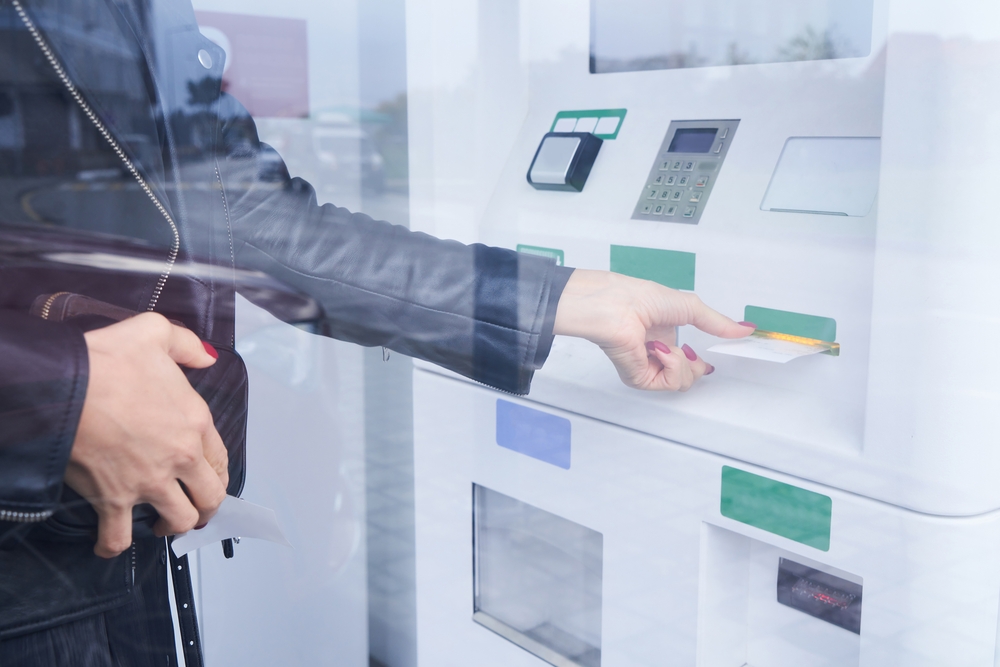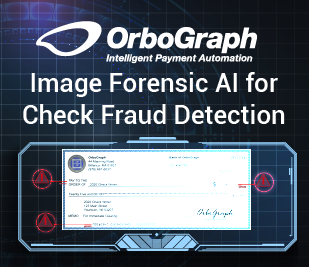Solving Paper Check Fraud’s “Weakest Link” … Paper Checks Themselves?
- Even as digital payments gain popularity, paper checks remain prevalent
- Businesses and customers alike still regularly use checks
- Fraudsters exploit the anonymity of depositing checks through ATMs or mobile devices, which adds complexity to tracking
We have previously noted that the rise in check fraud can be traced back to the deployment of EMV chips back in the mid 2010's -- by securing debit/credit card transactions in this manner, fraudsters were forced to move to a different, less secure payment channel. At the same time, for decades it became "common knowledge" that checks are dead, a sentiment held by many in the industry that led to a lack of urgency to improve and secure the channel and little to no investments from financial institutions.
While it's true that check volumes have continued their slow decline, many businesses and even entire industries still utilize checks as their preferred payment, in spite of costs between $3 and $8 to create, send, and manage them, according to a recent interview from PYMNTS.com. In the interview, Karen Webster, PYMNTS CEO, spoke to Rusty Pickering of Ingo Payments about the topic of check fraud.
“Even with all its flaws,” Mr. Pickering told Karen Webster, “it’s the only universal payment instrument — universally available to send and to receive. … I don’t need anything more to pay you by check than your name, a physical address,” and the amount of the payment.
While it may be true that consumers are writing fewer checks in the post-pandemic age, a great deal of businesses still seem to prefer them -- 80% of firms still process and mail paper checks to other firms; when paying consumers, chances are it's via check.
This led to an interesting statement:
The weakest link in check fraud is the paper check itself.

Payment Paradox
We are now seeing an odd contradictory situation where consumer use of checks has decreased while, at the same time, approximately 80% of firms still rely on checks, particularly for transactions with other businesses and consumer payouts.
Yet, these checks come complete with an inherent and growing risk: fraud.
Check fraud is on the rise, as fraudsters, ever adept at plying multiple schemes at any given time, are pinching checks (especially tax refunds) from mailboxes; stolen check fraud nabbed criminals $668 million last year; fraudsters also counterfeit checks or post the stolen check details to online platforms like Telegram. In other cases, bad actors will “wash out” the payment amount on a check and write in a bigger number, or digitally deposit a check twice, in hopes of double dipping a victim’s (especially a corporate victim’s) coffers.
All told, check fraud is a $24 billion business, up 90% as measured in 2023 from just two years prior. “Check fraud is easy to commit and hard to catch,” Pickering said.

The core issue, as Mr. Pickering points out, lies in the nature of paper checks. Unlike digital payments, there’s no central repository to track and verify checks before cashing. Fraud detection often relies on comparing visible details, and banks don’t always have the resources to thoroughly review each check, leading to delayed discovery of fraudulent activities.
Fraudsters also exploit the anonymity that comes with depositing checks through ATMs or mobile devices, which adds complexity to tracking. Pickering emphasizes that tracking deposit devices offers critical data -- like geolocation or device type -- to identify suspicious activity.
Multilayered Technology Approach to Check Fraud
As noted by Mr. Pickering, there isn't a single technology that can address check fraud alone. Rather, financial institutions need a multilayered approach to tackle the challenges of check fraud at every level.
Here at OrboGraph, we focus on what we know best: image forensic AI for check fraud detection. However, we know image forensic AI is a component of the overall solution for check fraud detection-- analyzing the images of checks for indicators of counterfeits, forgeries, and alterations. In order to tackle the entire challenge, several other layers of technology are needed.
Therefor, OrboGraph's approach consists of partnering with other companies that specialize -- and excel -- in these specific technologies, including:
- Behavioral & transactional analytics -- partnering with leading industry vendors like Featurespace
- Rules engine -- a new feature added to our OrboAnywhere Sherlock 5.3 release
- Consortium data -- enabling the ability to leverage Advanced Fraud Solutions TrueChecks consortium data
- Dark web monitoring -- partnering with cybersecurity experts like ThreatAdvice

Paper checks may indeed represent the biggest, most accessable target for check fraud. We would argue, however, that financial institutions equipped with the right approach can meet and overcome this challenge..